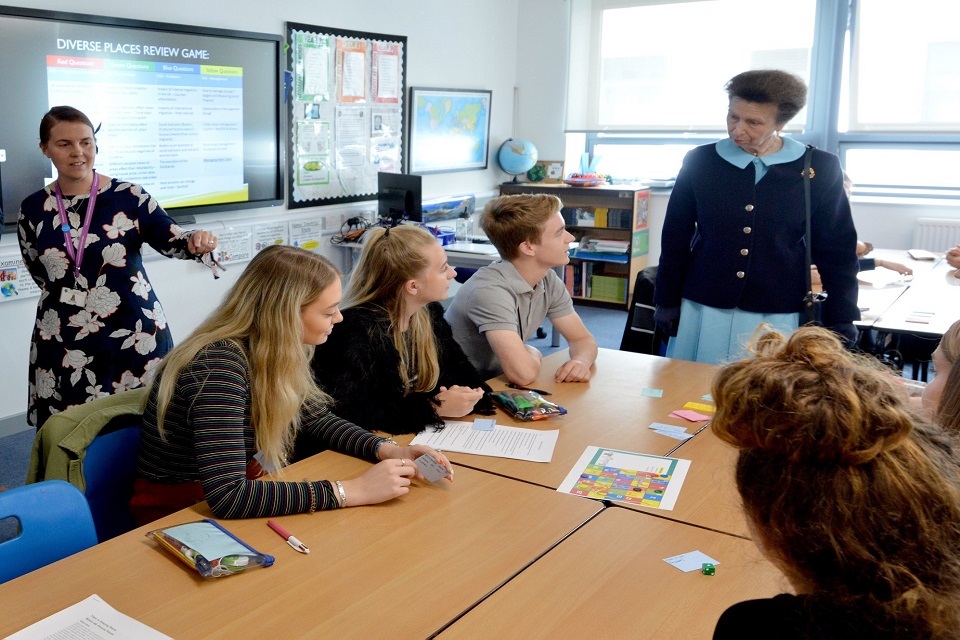- Select a language for the TTS:
- UK English Female
- UK English Male
- US English Female
- US English Male
- Australian Female
- Australian Male
- Language selected: (auto detect) - EN
Play all audios:
ABSTRACT IN opening a joint discussion on "The Inter-relations of Plants and Insects: the Place of Both in the Eco-system" between the British Ecological Society and the Royal
Entomological Society of London held on November 12, Prof. E. J. Salisbury claimed that though the insect – flower relations have been extensively studied, the quantitative aspects of
insect-pollination have been little explored though economically important, while the competition aspect has been largely ignored. The elaborate and familiar relation between the yucca moth
Pronuba and _Yucca filamentosa_, in which the reproduction of each is dependent on the other, but the larvæ take a high percentage of potential ovule production, serves to illustrate how
narrow may be the margin between benefit and disadvantage in the relations between insects and plants. Access through your institution Buy or subscribe This is a preview of subscription
content, access via your institution ACCESS OPTIONS Access through your institution Subscribe to this journal Receive 51 print issues and online access $199.00 per year only $3.90 per issue
Learn more Buy this article * Purchase on SpringerLink * Instant access to full article PDF Buy now Prices may be subject to local taxes which are calculated during checkout ADDITIONAL
ACCESS OPTIONS: * Log in * Learn about institutional subscriptions * Read our FAQs * Contact customer support RIGHTS AND PERMISSIONS Reprints and permissions ABOUT THIS ARTICLE CITE THIS
ARTICLE Inter-Relations of Plants and Insects. _Nature_ 153, 424–426 (1944). https://doi.org/10.1038/153424a0 Download citation * Issue Date: 08 April 1944 * DOI:
https://doi.org/10.1038/153424a0 SHARE THIS ARTICLE Anyone you share the following link with will be able to read this content: Get shareable link Sorry, a shareable link is not currently
available for this article. Copy to clipboard Provided by the Springer Nature SharedIt content-sharing initiative







